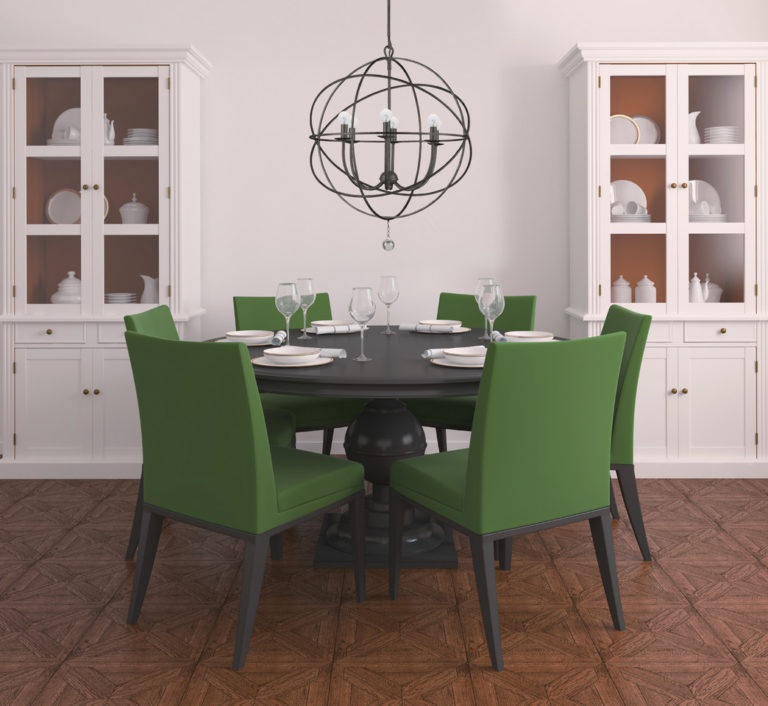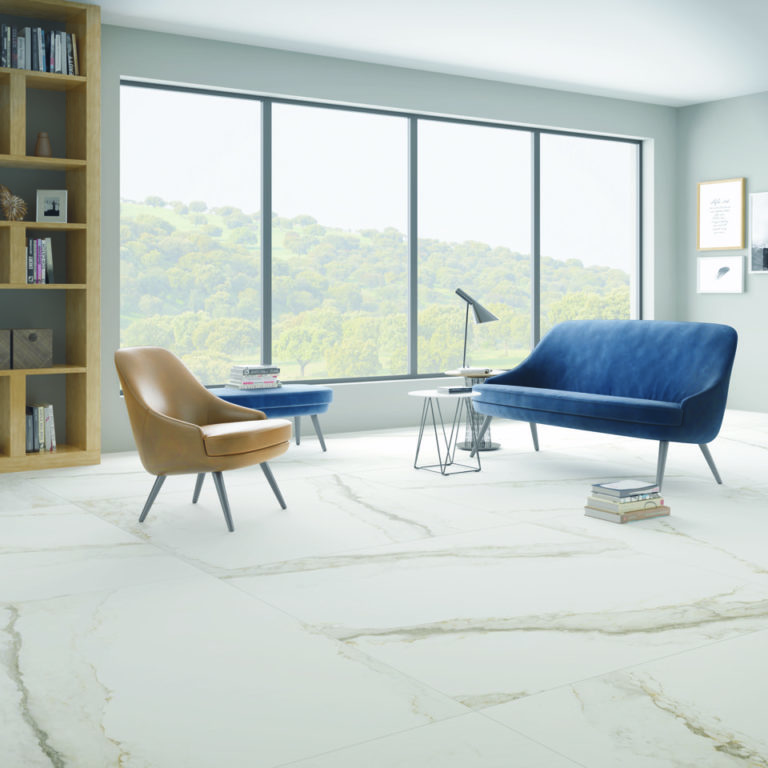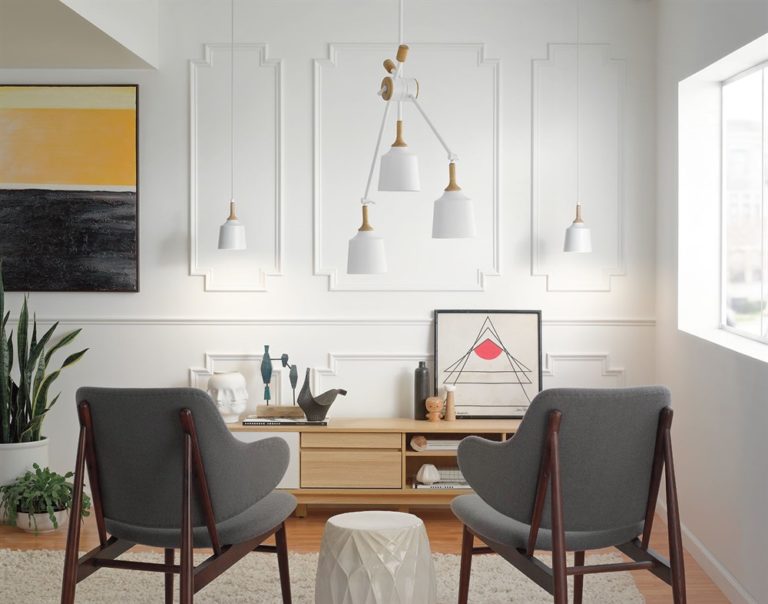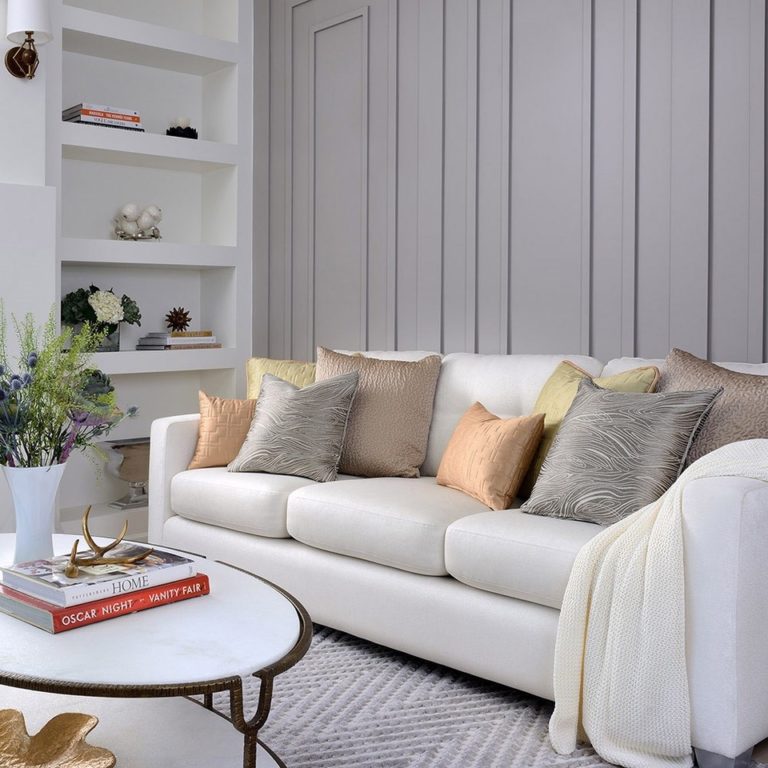They say rules are meant to be broken, and one might argue that this is perhaps most true when it comes to creative pursuits, such as interior decorating. After all, many of the decisions we make about our homes are guided by our hearts. That being said, there are some design guidelines that should be followed. These are my top four.
1. Put function first. As a designer, I can attest that function is the basis of good design and the foundation of homes that “work” for their residents. After all, if your home isn’t making your life more efficient, more comfortable and more enjoyable, then it’s not doing its job. Don’t get me wrong, aesthetics are important, but they are secondary to function.
When renovating or restyling a room, view function as a funnel and identify your needs from the top down. How do you plan to use the room? Will the space serve multiple functions? Who will be using it and how often? With the broad strokes outlined, you can then you can work your way down to the details: What furnishings, accessories or appliances do you need to your intended functions possible? Having these answers first will bring purpose to all the decisions that follow – and there will be many.
TIP: Avoid pieces that are “just for show,” which is the number one culprit of clutter in the home. Your furniture and accessories can and should have aesthetic appeal, but each item should also be functional for you.
2. Start with a simple base. There’s a lot to be said for neutral colours and finishes. They have wide appeal, they’re simple to work with, and when the time comes, they’re easy to restyle. A light, neutral backdrop can make a space feel bigger, brighter and airier – and those characteristics never go out of style. However, a common challenge with a neutral palette is the risk of going cold. Layering light, texture and colour by way of furniture and accessories is key to creating warmth and bringing visual interest to a neutral space.
3. Find the focal points. Your space needs to make a statement, which can be hard to do in an empty room. But a room is never truly empty. Seek out the natural focal points in your space, and highlight them in the right way. Focal points can be built elements, such as a fireplace, a window with a view, or an unusual architectural feature; or they can be added, like a great piece of furniture or art. A room can have one main focal point, or there may be a few. Regardless, give these features the attention they deserve.
Arrange your furniture and accessories to attract attention and activity. For example, a bay window can be emphasized with a strategically placed seating area, complete with a couple of armchairs, a side table, an area rug and a lamp. Add a few accessories and just like that, you’ve turned a basic window into a focal point.
3. Aim for balance. Generally speaking, symmetry is appealing for a number of reasons. It brings balance to macro and micro alike, from the whole of a room to a diminutive display. Consider dimension and the number of pieces in your arrangement, and keep in mind the rule of odds. The eye loves groupings of threes, fives or sevens. Start by centering the tallest item and work your way down. Stand back periodically and view your display from a distance to ensure you’re hitting the right proportions and achieving a balanced look.
As a final rule, always go with your gut. It’s your home, so your choices should be guided by your needs and wants, not anyone else’s and certainly not a “rule book.” Instead, use this as a guide, and when the room feels “right,” you’ll know it.
By Shelly Cerrelli
Toronto-based, Interior Stylist- Designer Shelly Cerrelli is the Creative Director and Principal of House of Cerrelli Design. The firm’s known for creating personal stylish interiors. Offering concept to completion design and interior styling services. Servicing Toronto and GTA. www.houseofcerrelli.com






